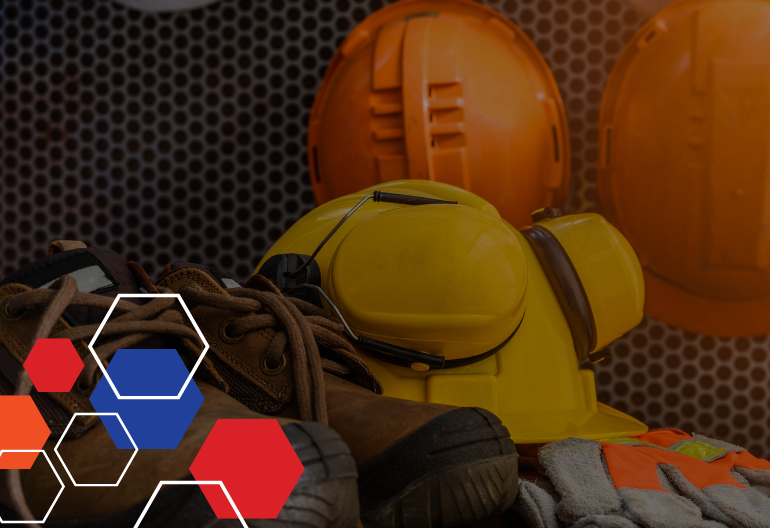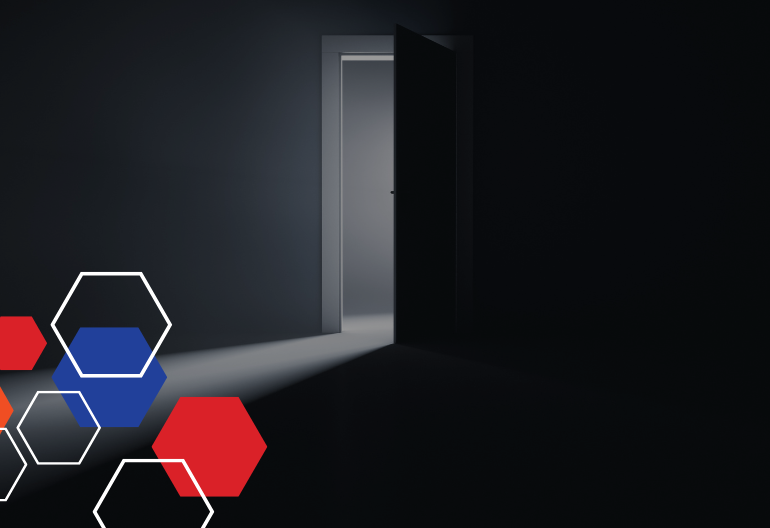Gaining the best and most suitable employees for your company is the key to success. Nowadays, companies are trying to hire the best of the best and are putting a lot of effort into new and exciting forms of recruiting. While a strong recruiting strategy provides only one major advantage for most companies, it is substantial for other companies.
Hiring the wrong employee for a job can inevitably lead to underperformance, which can cost millions and expose other employees to increased risk. Every year, companies in Australia are pay out millions of dollars due to work-related injury and disease. Between 2019 and 2020, over 120,000 serious claims were lodged. The median compensation paid was $13,500.
It goes without saying that industries with higher levels of physical labor, such as construction, oil and gas, are at greatest risk from accidents at work and injuries. Companies working in security-conscious industries need to take additional measures to ensure that they hire the right people and create a safe environment for their employees.
The Right Safety Culture
When selecting employees for a job, it is simply not enough to interview candidates during the interview process on security-related topics. If the candidates apply for any position, they will probably match up for the job – and rightly so! During the recruitment phase, candidates tend to become “yes people” – eager to fill in as many boxes as possible in order to secure the job. Employers in the safety-conscious industries have a duty to ask themselves – “How can I really know if this person will act locally in a responsible manner?” Without the right occupational safety culture, a company poses a threat to its employees and revenue.
To ensure a safe work environment and attract the right people, more and more companies are choosing to conduct personality analysis in the hiring process. Personality testing can be incorporated into the recruitment strategy of any business without much effort. This is recommended, especially in security-conscious industries.
Personality Assessment and Personality Traits
Personality ratings can be used to rate applicants for certain personality traits that are most important to the industry in which they compete. Applicants who score high for certain characteristics can be identified and selected for the job. While those who achieve low scores can be filtered out and directed by employers in a different direction.
Interview with Zsolt Feher, Managing Director of Hogan Assessments
Zsolt Feher, Managing Director of Hogan Assessments, explains in an interview how a personality assessment in terms of safety-relevant behavior looks exactly, which personality traits are taken into account and how these ultimately improve safety in the workplace.
1. What are the benefits of a safety assessment compared to other measures such as health and safety training etc.?
Security controlling requires other actions and measures. Let’s assume that security is based on four “pillars”: training, rules, equipment and what else we bring – our character. Often organisations have the first three pillars but forget that we are all individuals who have different views and different ways of dealing with security. We think it is essential to use personality measurements to determine who is safer and who does not. We do not change the first three pillars, but we have this fourth as a sort of add-on to personalise all four pillars in even greater detail. And everyone knows that four legs are more stable than three.
2. What are the anticipated reactions of HR departments and works councils when a safety assessment is to be incorporated into the recruitment process? How are these assessments usually integrated?
Safety assessments are mostly used in the form of a pre-selection, as one of several competencies that are considered. Organisations, of course, will always give priority to experience and expertise, especially in technical areas, while security is seen as an additional area. We work a lot with energy and mining companies, where safety is much more important. We were one of the first consulting companies to provide this assessment online. But of course, we do understand that field workers do not automatically have global access to computers and iPads, so they simultaneously make the assessment available in the old-fashioned way, with paper and pencil. We do not consider it advisable to apply safety assessments to managers or executives, as it focuses on individuals with specific responsibilities. For others, additional reports are available, depending on which job our clients want to evaluate.
3. Which security-conscious actions can be measured with the safety assessment and in what form?
We mainly focus on six different components/competences:
- The first concerns a person’s willingness to follow rules. Low-scoring employees (“low scorer”) may tend to ignore the rules, while high-scoring employees (“high scorer”) follow these rules without hesitation.
- The next component deals with dealing with stress. Low scorers are prone to stress; these employees are easily panicked under pressure and make mistakes. High scorers usually stay constant.
- The third area concerns aggression: Low scorers may lose control and make mistakes more easily. High scorers know how to control themselves.
- The next component is about the ability to concentrate. Low scorers are more distracted and may be more likely to make mistakes. High scorers, on the other hand, remain able to concentrate longer.
- Then we also consider the risk appetite. Low scorers tend to take unnecessary risks. High scorers, on the other hand, avoid risky actions.
- The sixth and last component concerns the training ability. Low scorers tend to ignore training and feedback. High scorers, however, fit well in training.
All of these areas are important separately, but of course also in combination. One might assume that a questionnaire is needed, which asks the person directly about his/her safety-related attitude. But, that’s not true – and that’s why it’s so hard to manipulate the outcome of the assessment. We use a questionnaire focused on competencies, strengths, and weaknesses, also called the HPI (Hogan Personality Inventory), which considers all important personality traits and considers only those people who are more inclined to safety from a person more averse to security differ. Items such as “Do you know why the stars sparkle – yes/no?” are difficult to answer if someone wants to influence the outcome. So, it’s better.
4. Have companies that have taken up and carried out this safety assessment noticed a significant or at least noticeable trend in the safety-conscious behavior of their employees?
It is difficult to change personality. That’s why 80% of all New Year’s resolutions never work. Real change is very difficult and requires a lot of effort and concentration. We therefore suggest applying this assessment to pre-selection in order to avoid hiring people with demonstrably high security risks. When used as a development tool in the field, it can see exactly where more attention needs to be given on an individual basis. For example, “What are the weaknesses of a colleague?” In the beginning, the employees must learn to understand themselves, for which we must give honest feedback. Once they understand why they are in danger (some points are harder to understand than others), then the company can start with a development program or individual safety coaching. It also gives the company the opportunity to redesign certain groups: bringing together safety-conscious individuals and persons who are not secure. People with a high level of security usually help the other team members to raise their awareness, especially if they have proven to be self-learners.
The results are easily perceptible and easy to quantify: before we install our program, we observe injuries at work or worse. After screening our employees through our review process, we have achieved excellent results with lower injury rates and fewer fatalities. In total, European companies save about 64 million in operating costs and just under 1,700 production days due to fewer accidents.
5. What are the most common reactions or feedback from workers who have gone through the safety assessment? (For example, do you tend to accept or reject it?)
This is my favorite part in this program. Usually, when we give feedback (especially after they do not even understand what the questions are for sure), we often hear first, “Who told you that about me?” A certain amount of anxiety or resistance to this “weird” situation exists every time before the feedback starts. But as soon as we share our insights, almost all participants open up relatively quickly. They find our observations fascinating and amazed how accurate our review can be. Once they understand that the result suit them, we can evaluate what should change in this respect, which usually works very well.
6. Are there any disadvantages to safety assessments?
I would say, “No, no way.” The process will require some internal “marketing,” especially if the company has to negotiate with unions in this context. In development situations, it’s not about getting rid of the low scorers, but about building their security awareness, with the bonus of having fewer injuries, which should be in everyone’s interest.
7. Which culture-specific differences should be considered when implementing and carrying out a safety assessment?
We use the same skills all over the world. In addition, our standards in this case are geared towards a world population. Most of our reports can be normalised in a number of ways: for example, if a company wishes to complete the questionnaire in Polish and receive the report in French Canadian, then we can easily do so as nearly 60 languages are offered in our system.
8. Will more and more companies use this safety assessment in the coming years?
Twenty years ago, when we started to realise bigger projects, safety was one of the most common areas for this assessment. Our company has grown organically since then, as has the use of these reports.
October is National Safe Work Month, for more information on our Safety Assessments and Reports, please reach out info@peterberry.com.au





